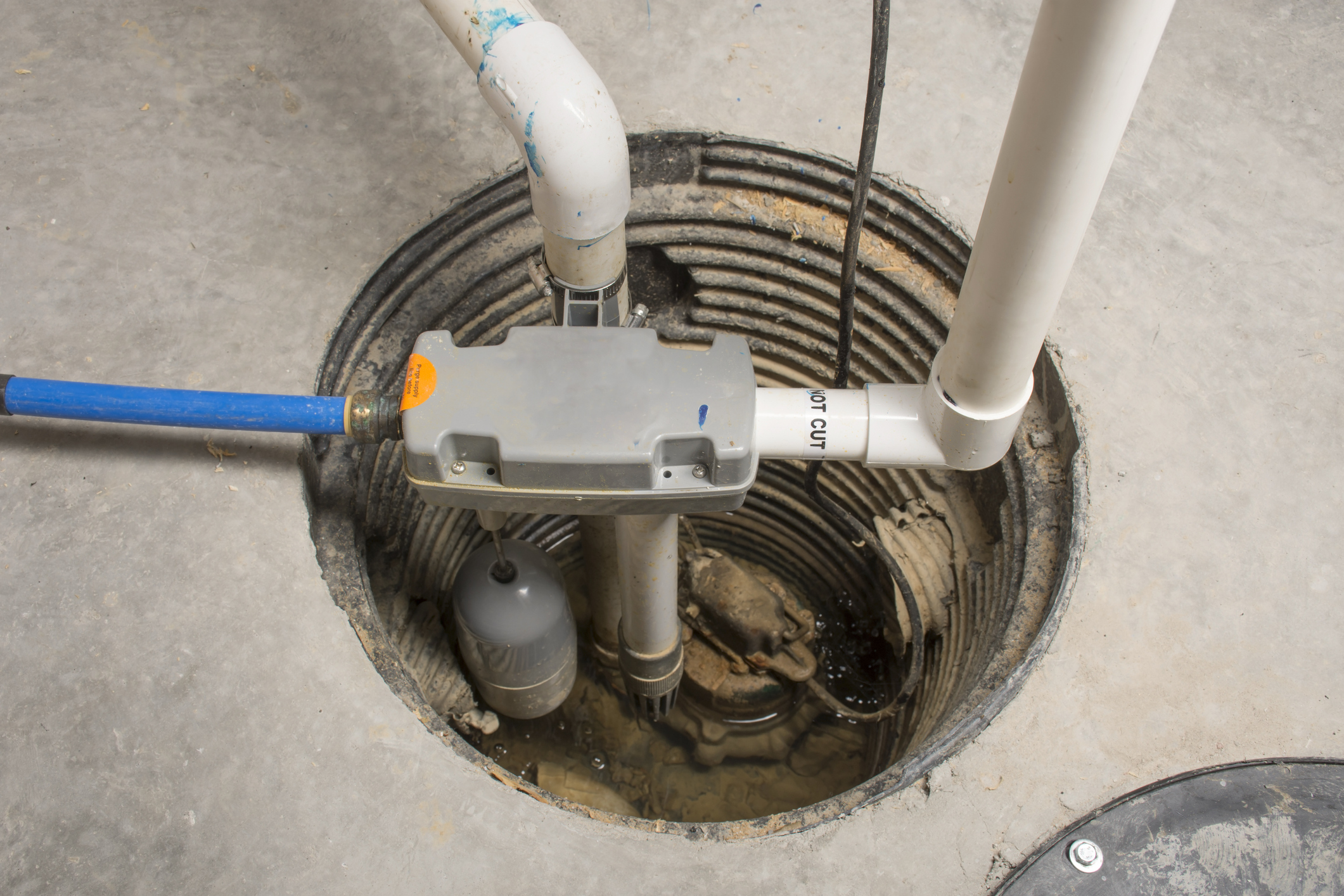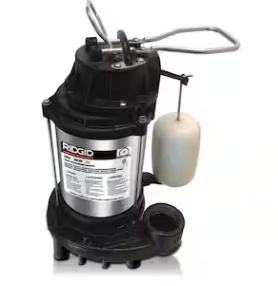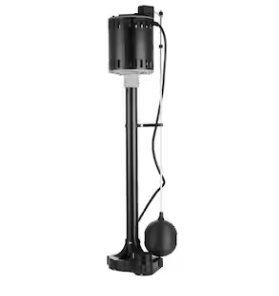Whether you’re renovating an existing property or dealing with unexpected flooding in your new purchase, we know wet, flooded basements are a real pain. They can destroy belongings, promote mold growth, and damage the integrity of your home’s foundation. Luckily, installing a sump pump provides a reliable solution for keeping moisture under control.
At Fine Home Contracting, we know first-hand the immense value a sump pump delivers for basement water management. We’ve seen countless homeowners deal with flood damage, moisture issues, and all the headaches that these issues can cause throughout the home. In this article, we’ll highlight what sump pumps do, their key benefits, and why they should be part of any basement renovation.
What is a Sump Pump?
In simple terms, a sump pump is a pump that sits in a sump pit, collecting water that seeps in from the ground or leaks from pipes. The pit is usually built into the lowest spot on the basement floor. Once the water level hits a set point, the sump pump automatically turns on and pumps the excess water away from the foundation to the outdoors. This keeps the basement dry and protected.

Do I Need A Sump Pump?
98% of basements eventually experience some sort of water damage. (Statistics from iProperty Management)
There a few telltale signs you might benefit from installing a sump pump, and tons of benefits from having them installed:
- It prevents flooding damage to stored items, flooring, walls, and framework.
- It inhibits mold growth by controlling moisture.
- It improves air quality by limiting mildew and allergens.
- It maintains the home’s value by avoiding deterioration.
- It saves on expensive repairs compared to fixing flood damage.
Protection against Water Damage
One of the primary reasons to invest in a sump pump is to safeguard your basement from potential water damage. Heavy rainstorms, melting snow, or plumbing mishaps can lead to water intrusion, putting your belongings and the structural integrity of your home at risk. Without a sump pump, excess water can seep into your basement, causing structural damage, promoting mold growth, and compromising the overall safety of your living environment.
Prevention of Mold and Mildew Growth
Excessive moisture in your basement can create an ideal breeding ground for mold and mildew. These fungi not only pose health risks but can also cause extensive damage to your property. By installing a sump pump, you actively work towards preventing the accumulation of moisture, minimizing the chances of mold and mildew growth. This, in turn, helps maintain a healthier indoor air quality and protects the structural integrity of your basement.
Mitigation of Potential Health Hazards
Standing water in your basement can lead to various health hazards. Damp environments contribute to the growth of bacteria, fungi, and other harmful microorganisms. These can release allergens and toxins into the air, potentially triggering respiratory issues and other health problems, especially for individuals with pre-existing conditions such as asthma or allergies. A sump pump effectively reduces the risk of these health hazards by keeping your basement dry and free from excess moisture.
Safeguarding Your Property Investment
Your home is likely one of the most significant investments you’ll ever make, and protecting its value should be a top priority. A sump pump acts as an insurance policy against potential water damage, saving you from costly repairs and preserving the value of your property. By maintaining a dry basement environment, you can prevent the deterioration of foundation walls, flooring, and other structural components, ultimately ensuring the longevity of your home.
Types of Sump Pumps

Submersible
Submersible sump pumps sit fully submerged in the Sump Pit.
- Quieter
- More Efficient
- Often more expensive

Pedestal
Submersible sump pumps sit above the Sump Pit.
- Noisy
- Easier to Install
- Affordable on lower budgets
Conclusion
Investing in a sump pump is a prudent decision when it comes to protecting your basement, property, and family from the potential hazards of water damage. By efficiently removing excess water, a sump pump plays a vital role in maintaining a dry and safe environment, preventing mold growth, and preserving the structural integrity of your basement. Don’t overlook this essential addition to your basement renovation project—install a sump pump and enjoy the peace of mind that comes with a protected and worry-free living space.
Now that your basement is dry and moisture issues are less likely to return, check out our basement remodeling page and blogs to get ideas for your basement office, in-law suite, or whatever project is next on your list!







